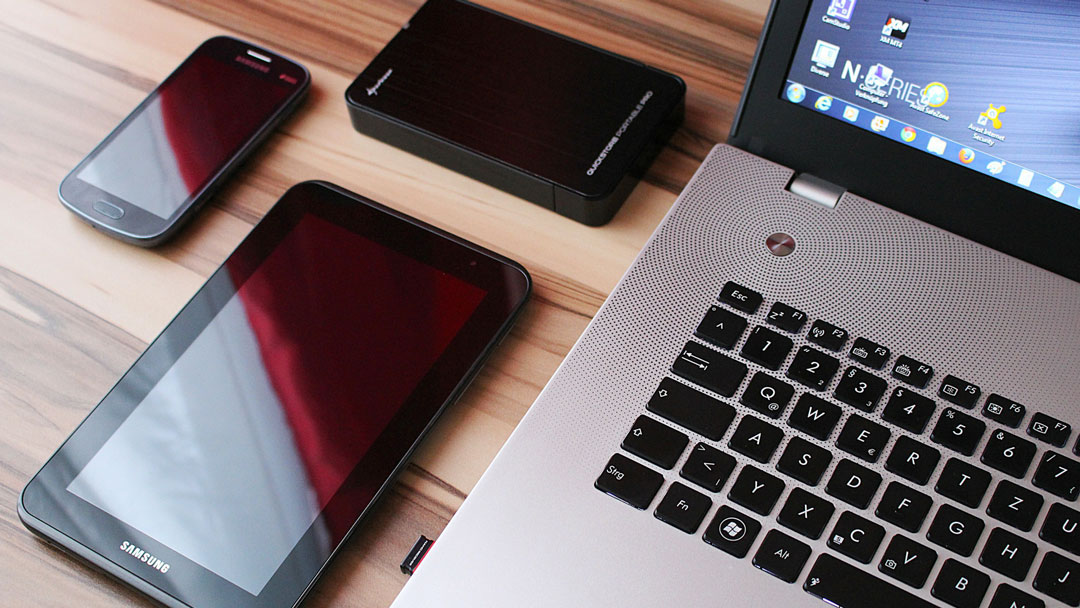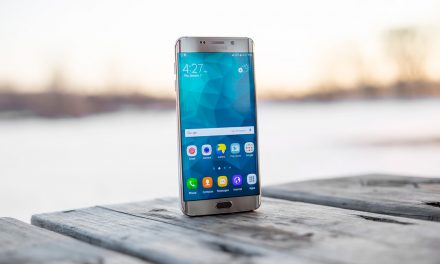All around the world the use of mobile and tablets in daily life is commun, it gets almost impossible imagine life without them. Probably you use both of these devices during the day whether for study, work or entertainment; but, is there any difference between mobile and tablet app development?.

Before you start or continue working on the Design Thinking process for your app, we present you some of the differences that you must consider about mobile and tablet app development.
A difference to think about
Tablets and smartphones are both mobile devices, however, one of the most relevant differences is the time that users invest on each device, because they use them for different tasks.
Smartphones are usually glance-and-put-away devices. Normally, apps for these devices are used for social networking, games, locating some store, price-checking or searching for a sale as commerce starts to become more mobile.
In other words, smartphones are quick information devices, used for communication and for short easy tasks. On the other hand, the time invested in a tablet is longer as it provides a better experience that increases engagement, specially at home.
App development for enterprises
Another aspect to think about is how a significant number of organizations are starting to implement tablet-specific enterprise apps. They are looking for creative ways to leverage these devices for business use.
Compared with smartphones, beyond the fact that tablets offer expanded screen sizes, they also have superior computing power and advanced graphics, making them ideal for enterprise usage.
UI and UX make a difference
Android OS runs on a variety of screen sizes. Something important to consider is the design of your UI (User Interface) to be flexible and optimizable with elements for different types of screens.
Tablets offer more space in which your app can present multiple sets of information at once. However in smartphones, an app usually requires to be split and displayed separately.
So, even if a mobile app will properly resize to fit a tablet, you’re not leveraging the full potential of the tablet´s screen to enhance the user experience. For a better development, you should consider creating layouts with different combinations of fragments: “multi-pane” layouts for tablets and “single-pane” layouts for mobiles.
Choosing the right technologies
Since years ago, connectivity is no longer a main difference between these two devices, as most current tablets count with a 3G or a 4G system installed.
However, there might be differences when it comes to some types of technologies, like NFC (Near Field Communication). The practical use of NFC in different activities such as sharing photos or videos, using NFC tags or making mobile payments, could be considered to be more “portable” for smartphones than for tablets.
Smartphones are carried everywhere, tablets are not taken out all the times. So, it is important for you to separate the technologies that could work and could not work for each device.
As you can see, developing an app for a smartphone could be different from doing it for a tablet. Think about it if you want to launch an app for different type of devices.








